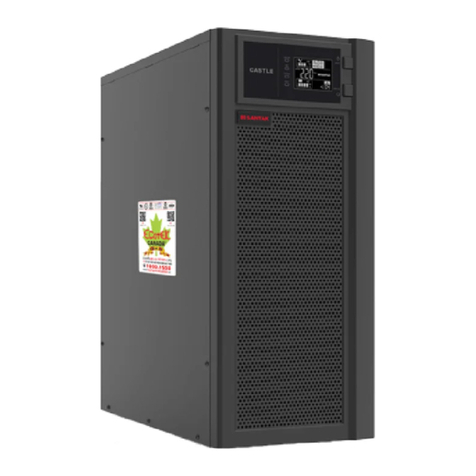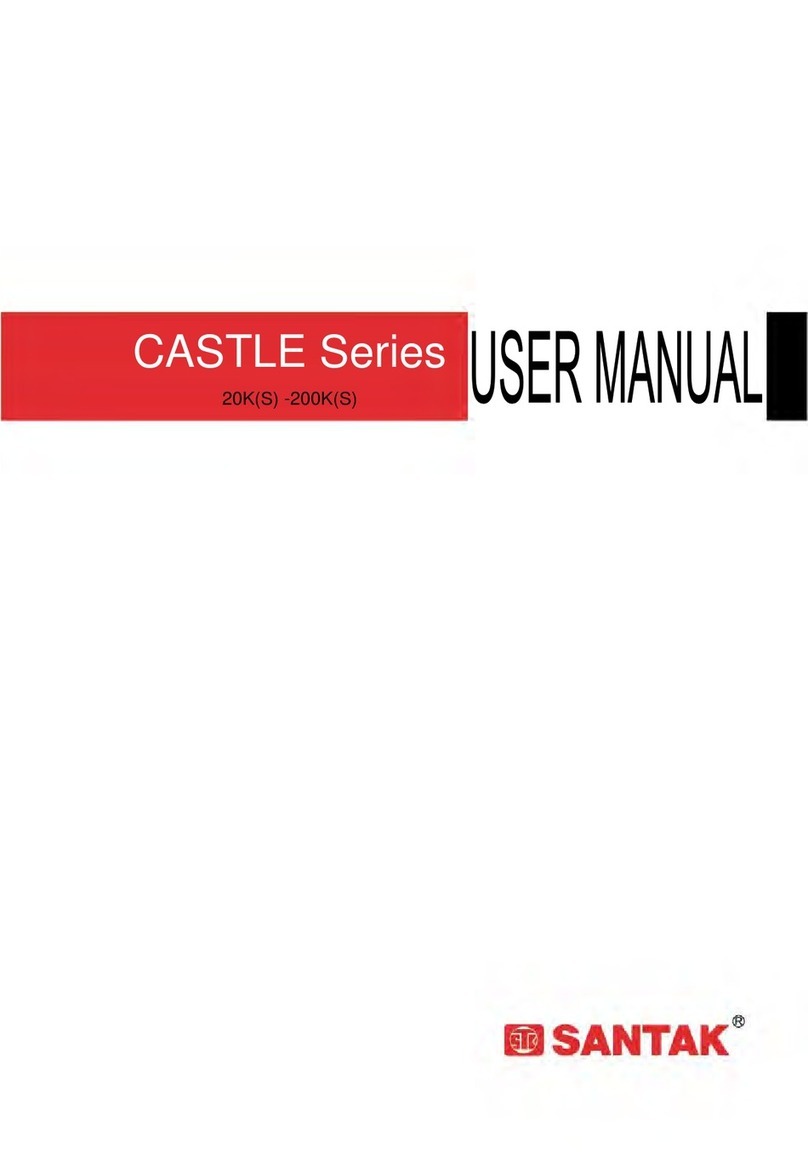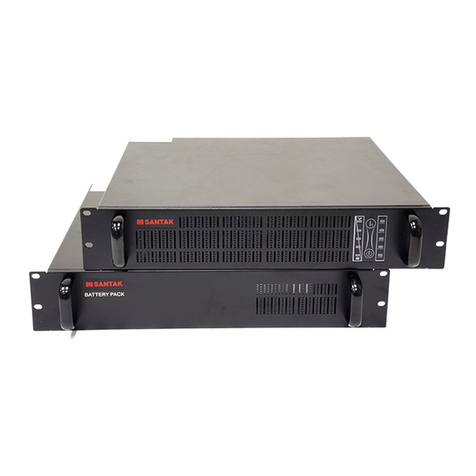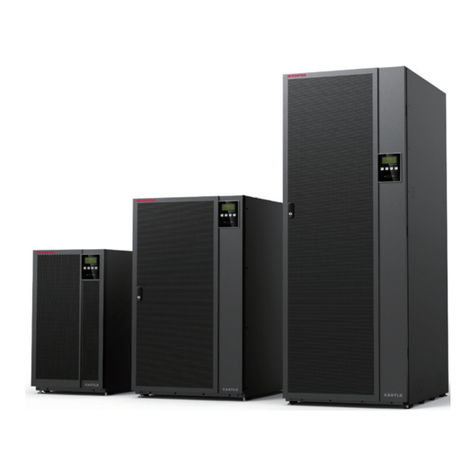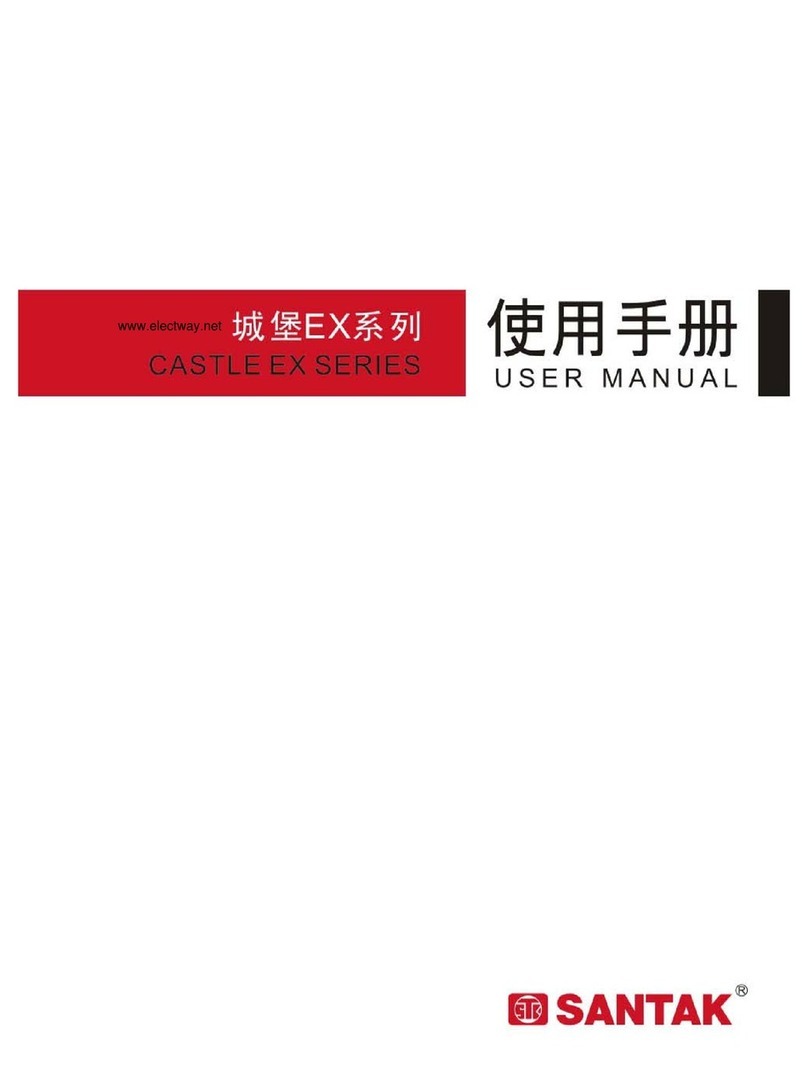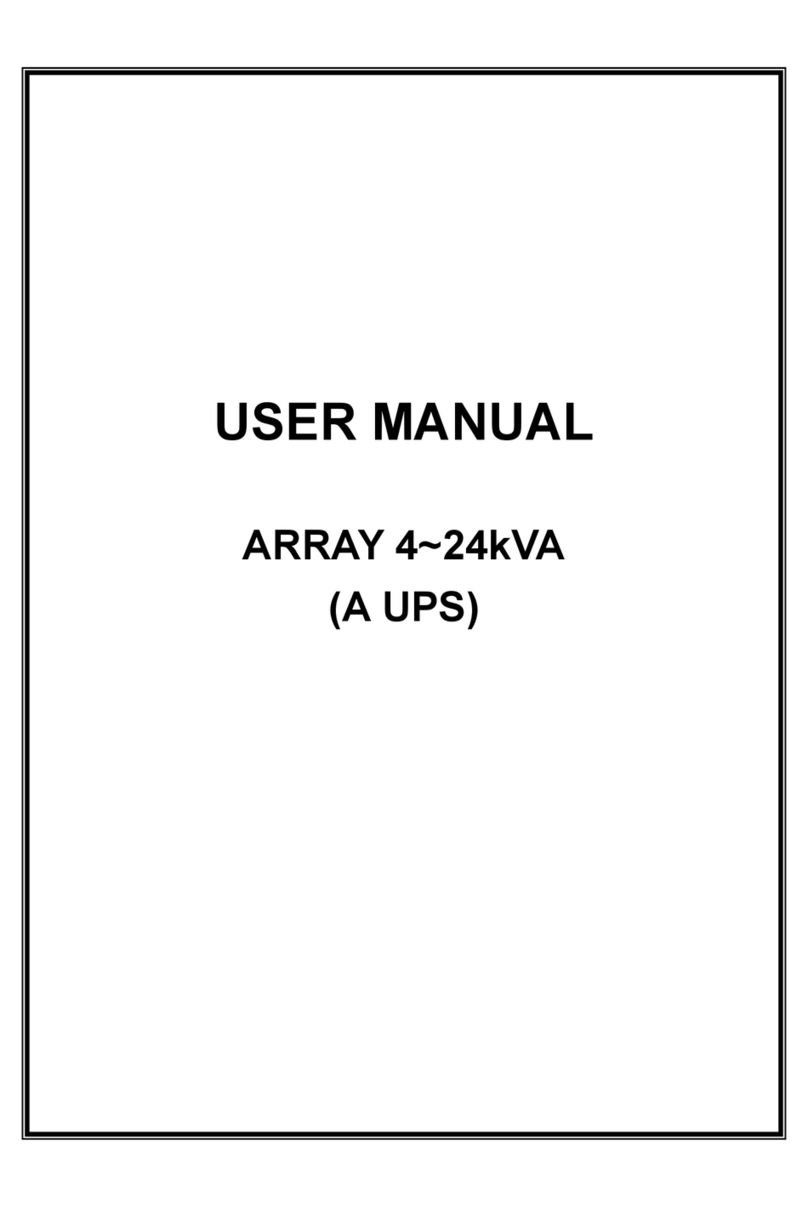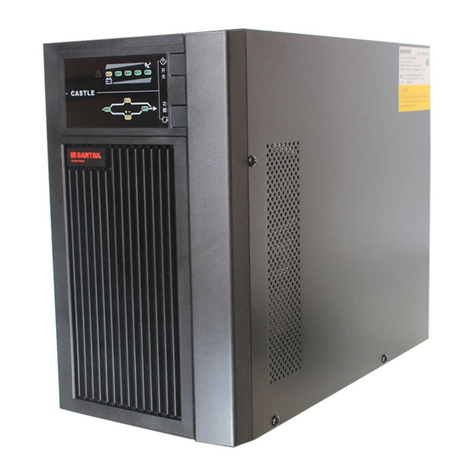
Contents
1. Introduction ................................................................................................... 1
1.1 Environmental protection ....................................................... 1
2. Presentation ................................................................................................... 3
2.1 Front panel ................................................................................ 3
2.2 Rear panels ............................................................................... 3
2.3 Circuit diagram ........................................................................ 4
3. Installation ...................................................................................................... 5
3.1 Inspecting the equipment ...................................................... 5
3.2 Unpacking the Unit .................................................................. 5
3.3 Checking the accessory kit .................................................... 6
3.4 Install the unit ............................................................................ 6
4. Power cables connection ............................................................................... 7
4.1 Access to terminal blocks(AC to UPS) ................................... 8
4.2 Access to terminal blocks(PDU to UPS)(Optional) ............... 9
4.3 Parallel Installation and Operation(Optional) ...................... 9
5. Operation ..................................................................................................... 14
5.1 Control panel ......................................................................... 14
5.2 LCD description ...................................................................... 15
5.3 Display functions .................................................................... 17
5.4 Operation Mode .................................................................... 17
5.5 UPS startup and shutdown .................................................... 18
5.6 LCD operation ........................................................................ 19
6. Communication ............................................................................................ 21
6.1 Communication ports ........................................................... 21
6.2 Network Management Card (Optional) ............................ 22
6.3 UPS Management Software ................................................. 22
7. UPS maintenance ......................................................................................... 23
7.1 Equipment care ..................................................................... 23
7.2 Transporting the UPS .............................................................. 23
7.3 Storing the equipment .......................................................... 23
7.4 Replacing batteries ............................................................... 24
7.5Recycling the used equipment ............................................ 25
8. Troubleshooting ........................................................................................... 25
8.1 Typical alarms and faults ...................................................... 26
